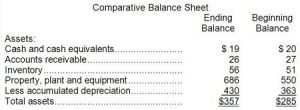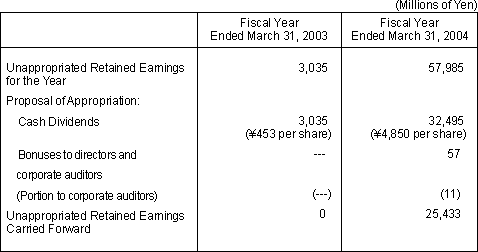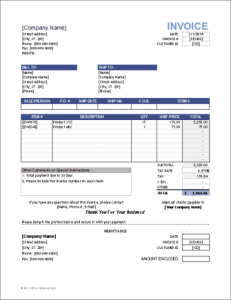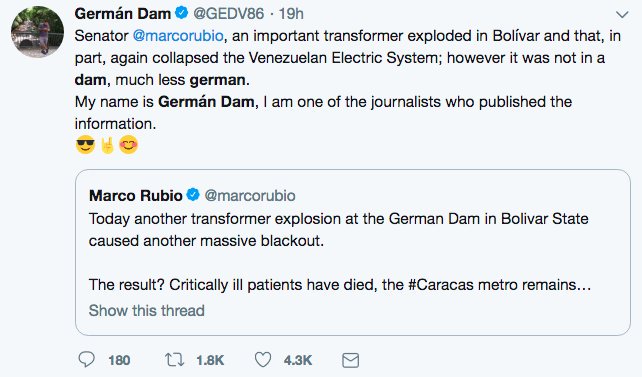Warning: Why a Cash Trap Must be Avoided at All Costs

Avoiding Cash TrapsIn their efforts to balance short-term investor expectations with long-term strategic goals, The Boston Consulting Group (BCG) warns companies to avoid four cash traps that can have a negative impact on their near-term shareholder returns. In a dynamic economy almost every business, even slow growth ones, require reinvestment of a substantial proportion of reported profit. Inflation alone requires financial growth to compensate for inflation in asset values as they turn over. Additional growth in assets employed is required in order to maintain market share as the industry grows with the economy. Consequently, only a portion of the reported profit can ever be available for distribution unless the business is liquidated.

Navigating the Legal Landscape: Cash Traps in Contracts and Key Takeaways
This is true even though they may show a profit according to the books of account. Either stop investing and manage solely to maximize cash withdrawal, or invest so heavily that a leading position is reached in the market. Accordingly, Terex has had the luxury of piling up cash on an underleveraged balance sheet — $453 million as of June 30 — at a time when investors are pushing many companies to make big payouts to shareholders. The company did launch a $200 million stock-buyback program last year, but against a market capitalization of $9.3 billion that’s not terribly aggressive. https://www.accountingcoaching.online/free-cash-flows/s within contracts underscore the importance of careful consideration and legal insight when entering into agreements.
Subscribe to Weekly Market Recap
- Carefully review all contractual terms and conditions to identify potential cash traps before signing.
- The Reinvestment TrapBeyond deciding how much to reinvest in their business and how much to return to shareholders, companies also need to be smart about how they reinvest for long-term growth.
- Anytime there are more than two or three active competitors in a given productmarket segment, then someone is making a mistake.
- When you sell your goods and services, clients are required to pay you for their purchases.
That’s why a thorough analysis of previous years’ transactions usually reveals process gaps, unfavorable and unnecessary terms with customers and vendors, and other near-term opportunities to improve working capital. Real what is a pro-forma invoices are worthless because the owners will never receive a payout. Even if you escape from such a cash trap eventually, you have still lost. The longer it takes to escape, the greater the loss in present value of your investment. Thanks to the Federal Reserve’s rate hiking campaign, cash looks more attractive today than in the last two decades. As a result, investors have flocked to cash products, like Certificates of Deposit (CDs), for both safety and income.
Financial Institutions
An analysis of the relative performance of businesses and assets indicated that there was a wide dispersion around the company’s aggregate ROIC—some were performing better and some far worse. The company identified where to invest and prioritized its list of underperformers by assessing how easily each business could achieve its target ROIC, as well as the ways in which each divestment could adversely affect liquidity or the remaining businesses. Through the end of last year, companies in the S&P 500 had bought back more than $100 billion in shares in each of the past five quarters, nearly double what they were paying out in dividends. There’s some logic to that, says BCG, given that many companies are carrying cash and excess debt capacity equal to 20 to 30 percent of their market capitalization. Today, firms with bulging cash coffers risk being penalized rather than praised.
International Business

Include flexibility clauses that allow for renegotiation or modification of contractual terms if unforeseen circumstances arise. If the covenants are met within a certain time period, the cash is released by the escrow agent. Depending on the type of expenses that you have, your suppliers grant you some time to pay for their invoices.
Inefficient Inventory Management
Recently, a large US retailer eliminated several billion dollars of pension liability for 30,000 employees by transferring the liability entirely to an annuity provider in conjunction with a plan termination. The retirees covered by this plan will receive https://www.quickbooks-payroll.org/ the same pension benefit on the same schedule as they currently receive or that they expected to receive in the future. While the transaction did not provide cash to the retailer today, it eliminated future funding requirements and volatility.
Prices could be lower to customers and profit could be higher at the same time if all competitors would recognize their cash traps and stop wasting money on them. Anytime there are more than two or three active competitors in a given productmarket segment, then someone is making a mistake. The leader may be failing to compete by holding an umbrella over higher cost competition at his own expense. During a recent review of environmental obligations, one US power producer discovered that its balance sheet included several oversize obligations and failed to account for completed reclamation and remediation work. The company worked with regulators to revise its environmental liabilities and then secured less costly credit support for them.
Cash outflow, on the other hand, represents the movement of money out of the company, covering expenses, debts, and investments. Cash flow statements play a crucial role in identifying potential cash traps. Analyzing the patterns of cash inflows and outflows can help businesses identify areas that may be causing liquidity challenges. However, new businesses and companies growing very fast that has a significant need for cash to fund their business operations are at risk of falling into a cash trap if they do not manage their cash flow effectively.

In the realm of business finance, understanding the dynamics of sale receipts, business costs, and cash inflow and outflow is pivotal to maintaining financial health, making informed decisions, and driving sustainable growth. This article delves into the intricacies of these essential financial components, offering a comprehensive guide backed by examples, expert opinions, and data to illuminate their significance in the corporate landscape. In the realm of finance and accounting, the term “cash trap” holds significant implications for businesses’ liquidity and operational viability.
Business costs encompass the expenditures incurred in the process of producing goods or providing services. These costs are critical in determining a company’s profitability and pricing strategies. Business costs are classified into various categories, such as fixed costs (unchanging irrespective of production levels) and variable costs (changing based on production volume). In contracts, a cash trap provision is a contractual clause allowing a lender or contracting party to redirect cash flow from a collateral asset to a third party when the borrower fails to observe certain covenants. If on average, you collect your accounts receivables in 90 days and you are required to pay your suppliers within 30 days, you are effectively out of pocked 60 days where you are funding your business operations.
For example, many executives tend to focus on revenue growth — growth that generates returns above the company’s cost of capital — as a major driver of shareholder returns. But when it comes to near-term returns, growth’s contribution to shareholder returns is secondary to improvements in the company’s valuation multiple — market value divided by earnings before interest, taxes, depreciation, and amortization. The critical market share seems to be a level about twice that of the largest competitor. At about that point, debt capacity increases with market share even faster than the assets required. The cost level which can be achieved makes it possible to service debt equal to total net assets employed even though competition is selling at cost or below. When this condition is reached, the entire reported profit and more can be withdrawn as cash and reinvested elsewhere or paid out.

Particularly, in real estate financing, loans, mortgages, or other types of debt agreements, lenders may include a cash trap trigger to protect themselves when certain covenants are not satisfied. In contracts, there are certain types of contracts where you are likely to see cash trap provisions. You have employees, rent, suppliers, expenses, and other costs to pay to properly manage your business. When you sell your goods and services, clients are required to pay you for their purchases. However, he knows there is a high-speed press which, if purchased, could help him crank out the job. He wasn’t planning on taking on an extra-heavy debt load, but he decides this will motivate him to get up and seek out new businesses.
An analytical look at the returns generated by investments in property, plants, and equipment—among other long-term assets—can single out stranded or noncore assets that detract from performance. Those assets can then be sold or repurposed, improving results by freeing up cash through the deployment of assets to higher-value activities and delaying planned capital expenditures. Cognizant Technology Solutions Corp., a software-services and data-warehousing provider in Teaneck, New Jersey, did even better with an annualized TSR of 62 percent.
What we’re really getting at with a “cash trap” is that there is not enough cash flow to cover the cost of your new equipment, generate a profit, and maintain your position in the competitive marketplace without incurring too much debt. These opportunities are proven strategies to release cash from the balance sheet in the right situations. If they’re not sustained, however, companies can find themselves in the same position they were in before they released cash. In our experience, a robust capability-building program, in tandem with the cash-release execution, is critical to sustaining impact. Furthermore, this involves building the capabilities not just of the finance and treasury functions but also across the business so that the entire organization considers the balance sheet on a daily basis.
When companies spend more and absorb more money than they generate, they are known to be in a cash trap even though they may be able to show profits on paper. Include clear dispute resolution mechanisms, such as arbitration or mediation, to efficiently address conflicts that may arise due to cash traps. Cash traps can lead to financial strain, as parties may find themselves bound by contractual obligations that are no longer viable given their changed circumstances. I started this blog out of my passion to share my knowledge with you in the areas of finance, investing, business, and law, topics that I truly love and have spent decades perfecting. By the way, on this blog, I focus on topics related to starting a business, business contracts, and investing, making money geared to beginners, entrepreneurs, business owners, or anyone eager to learn.
